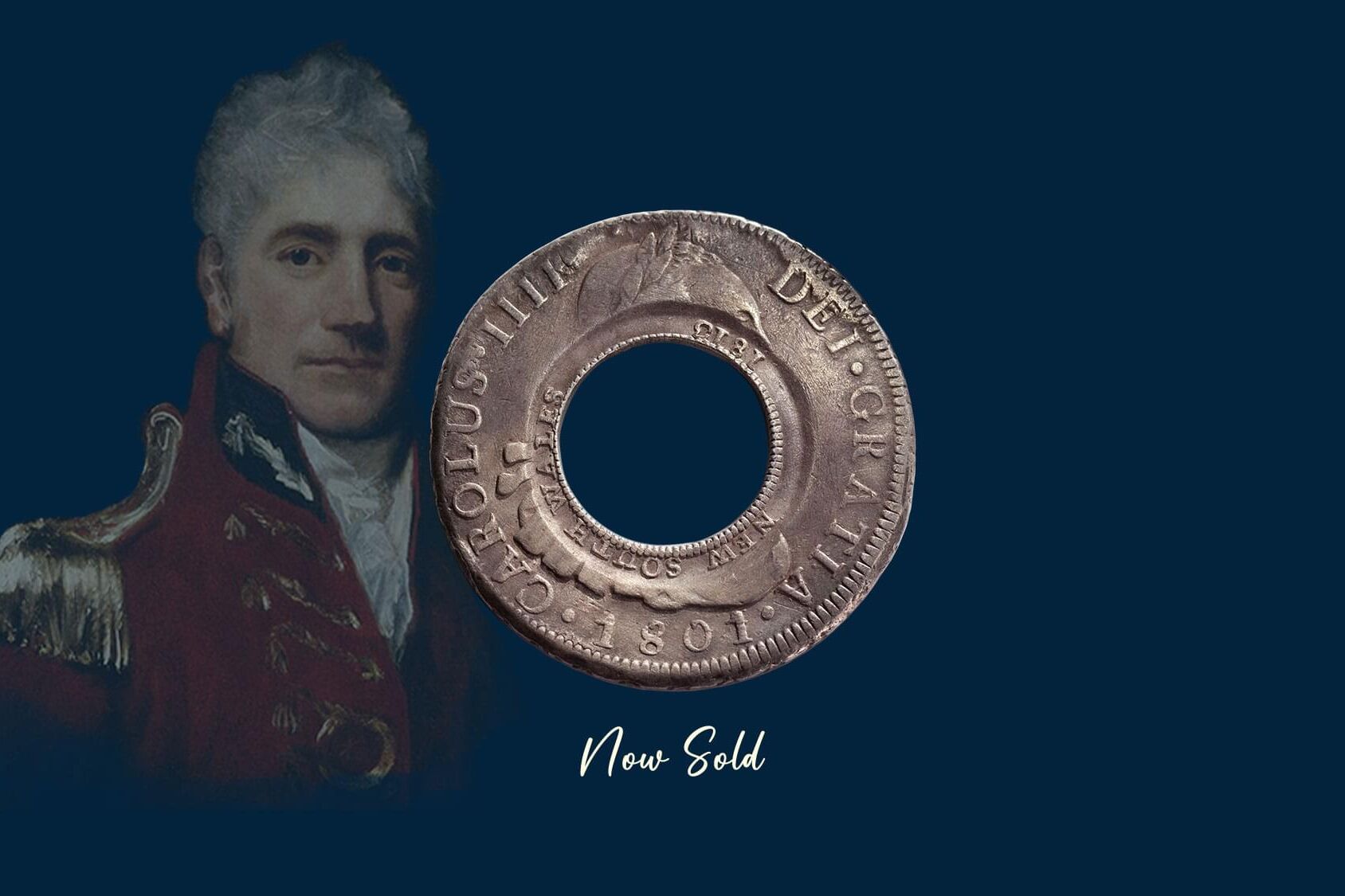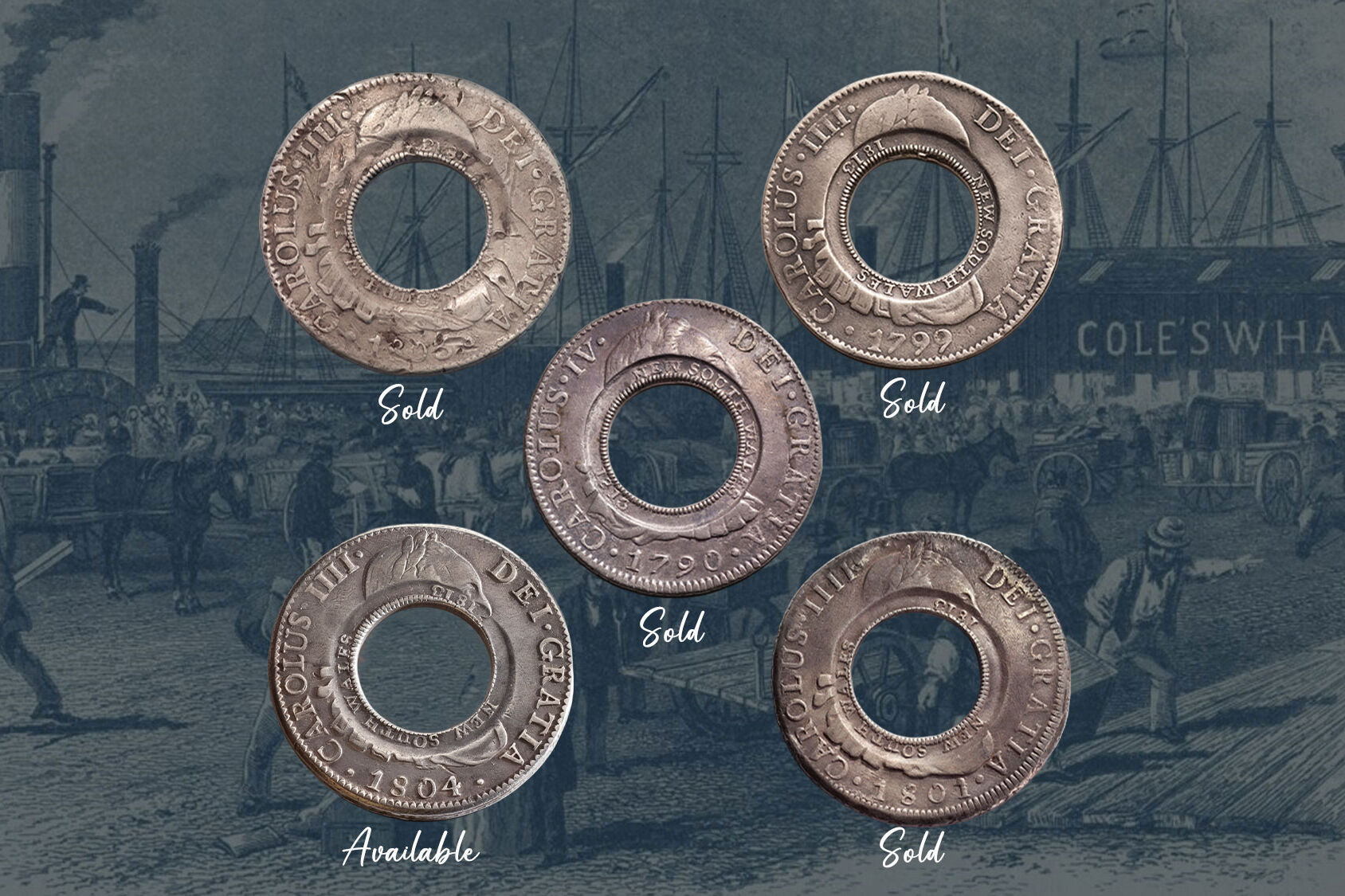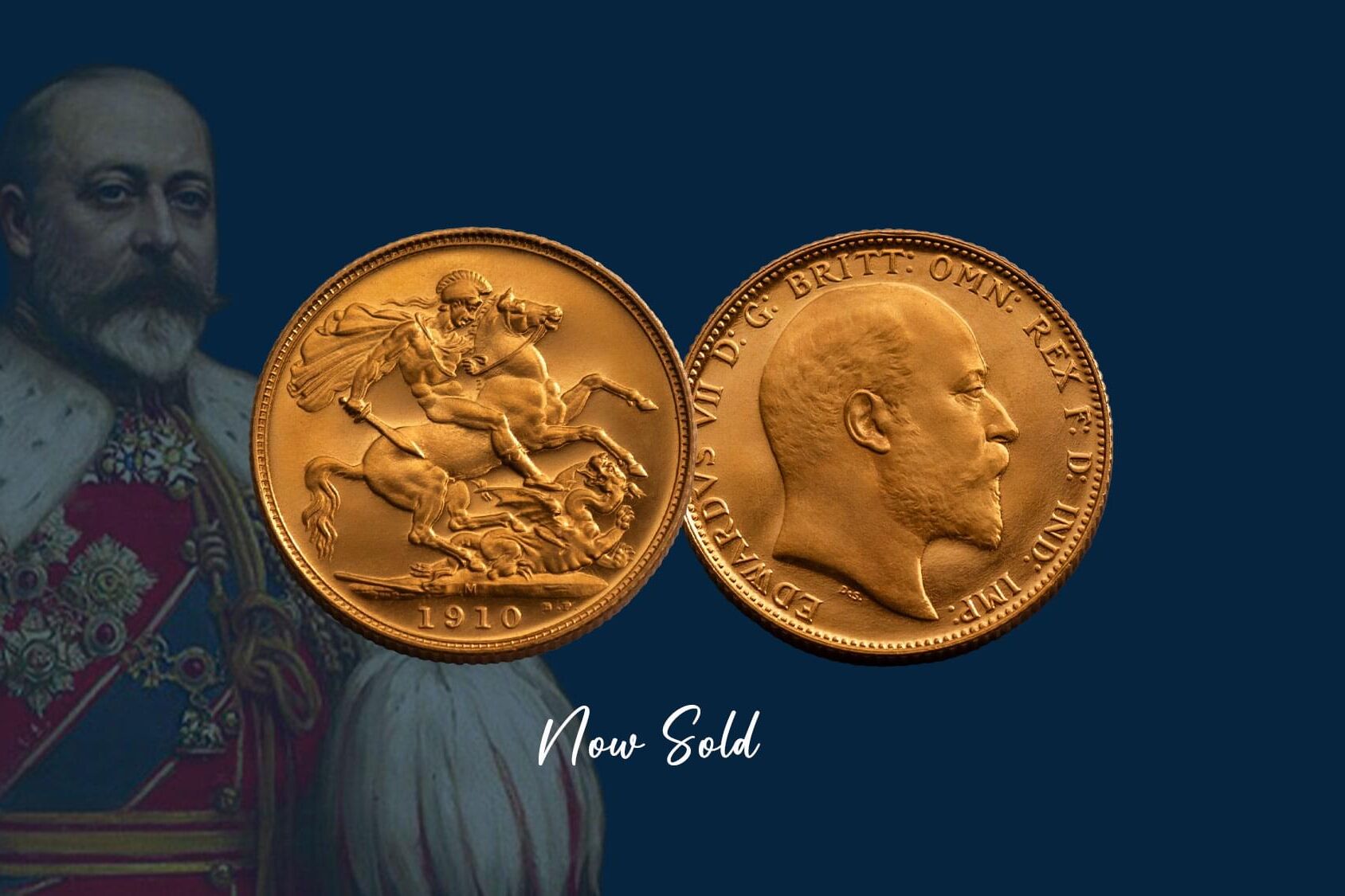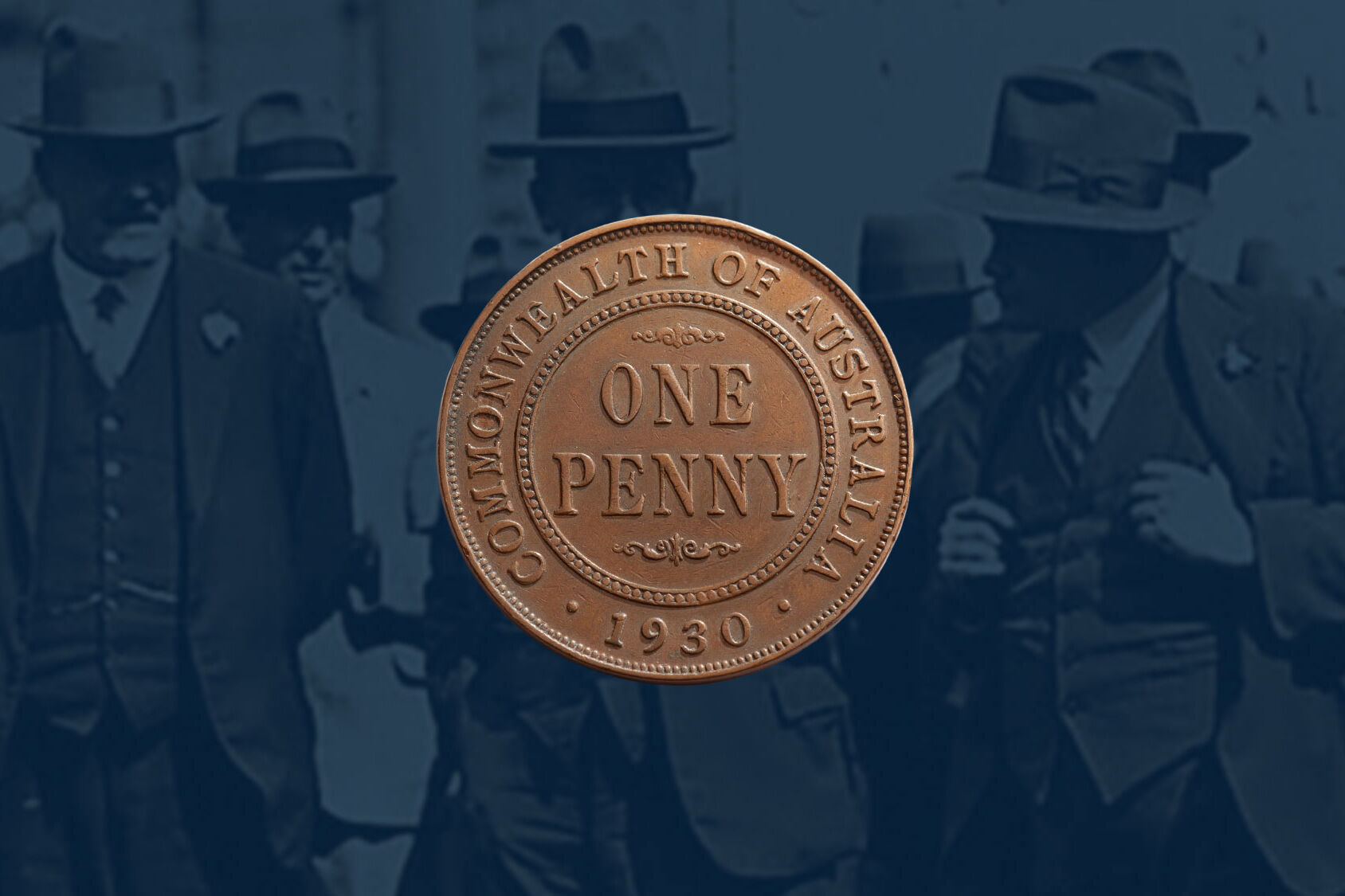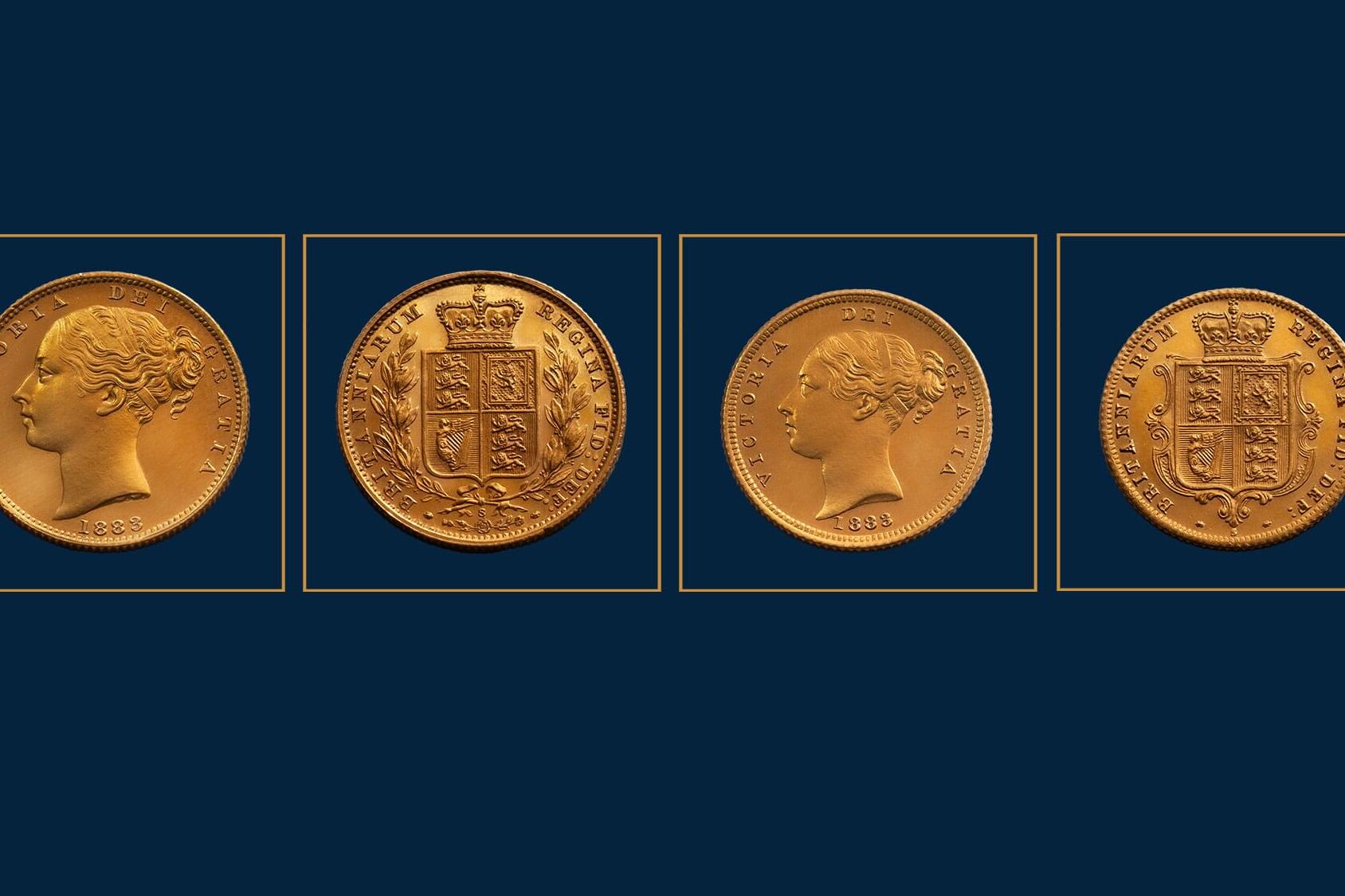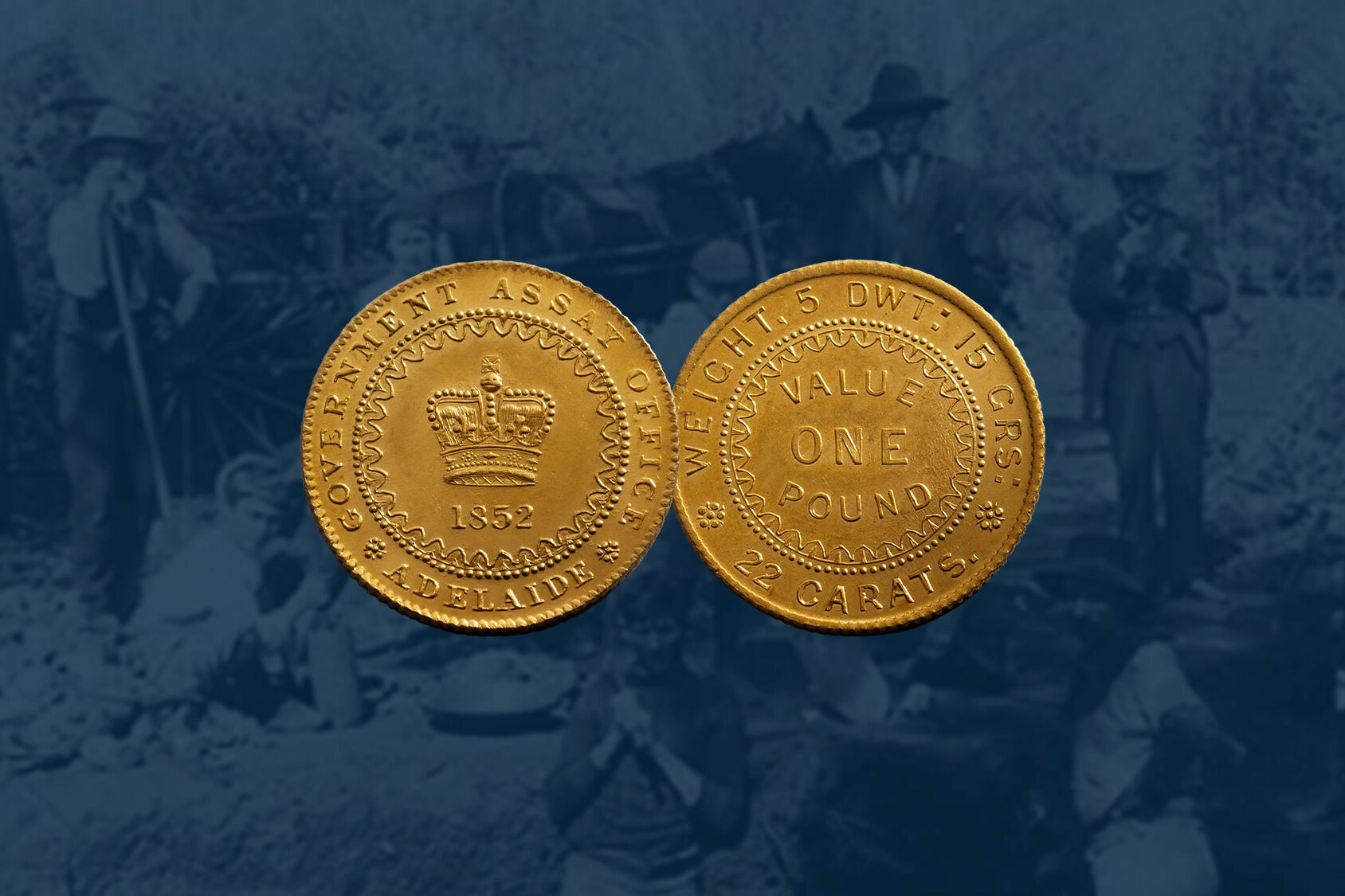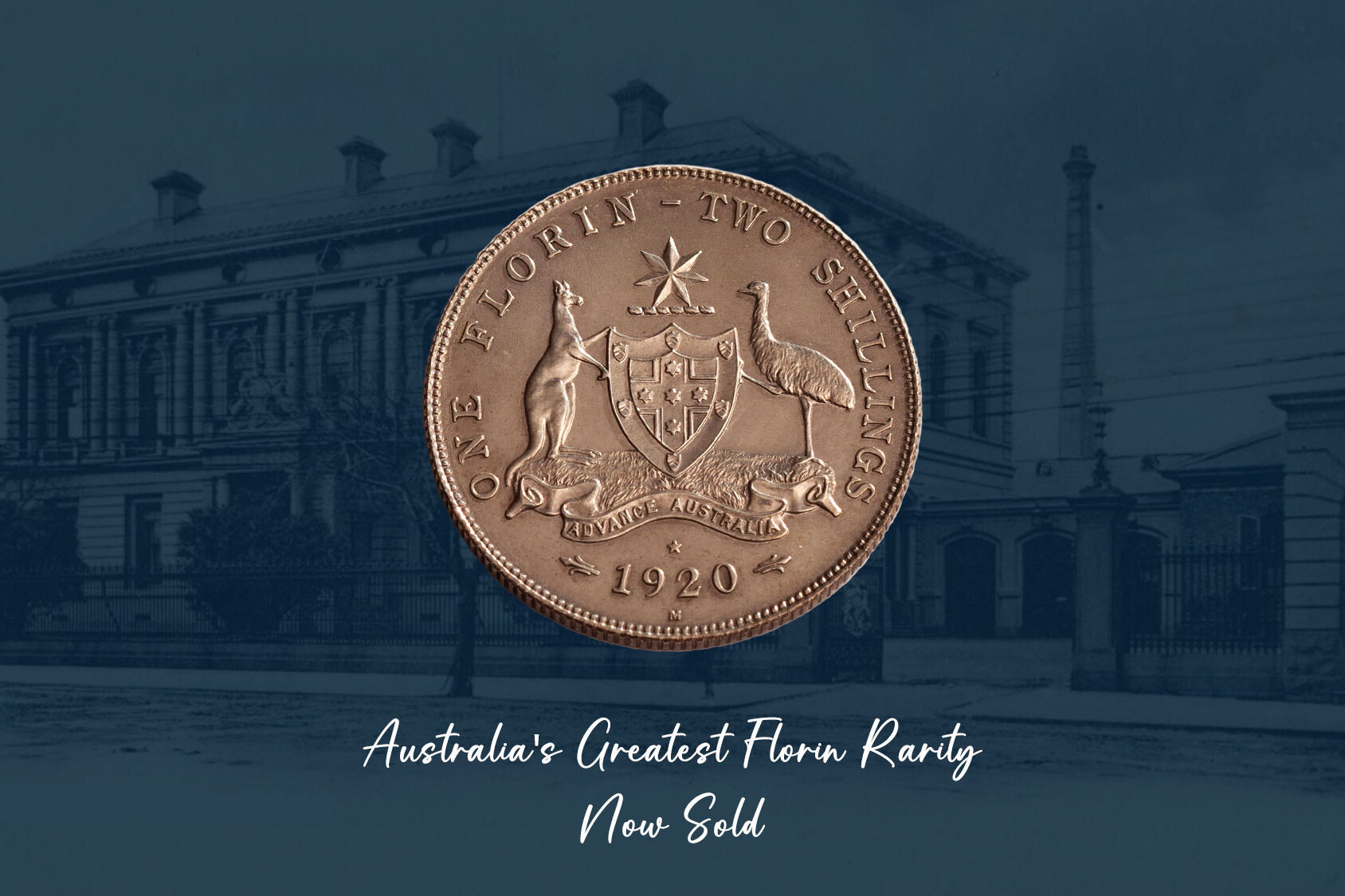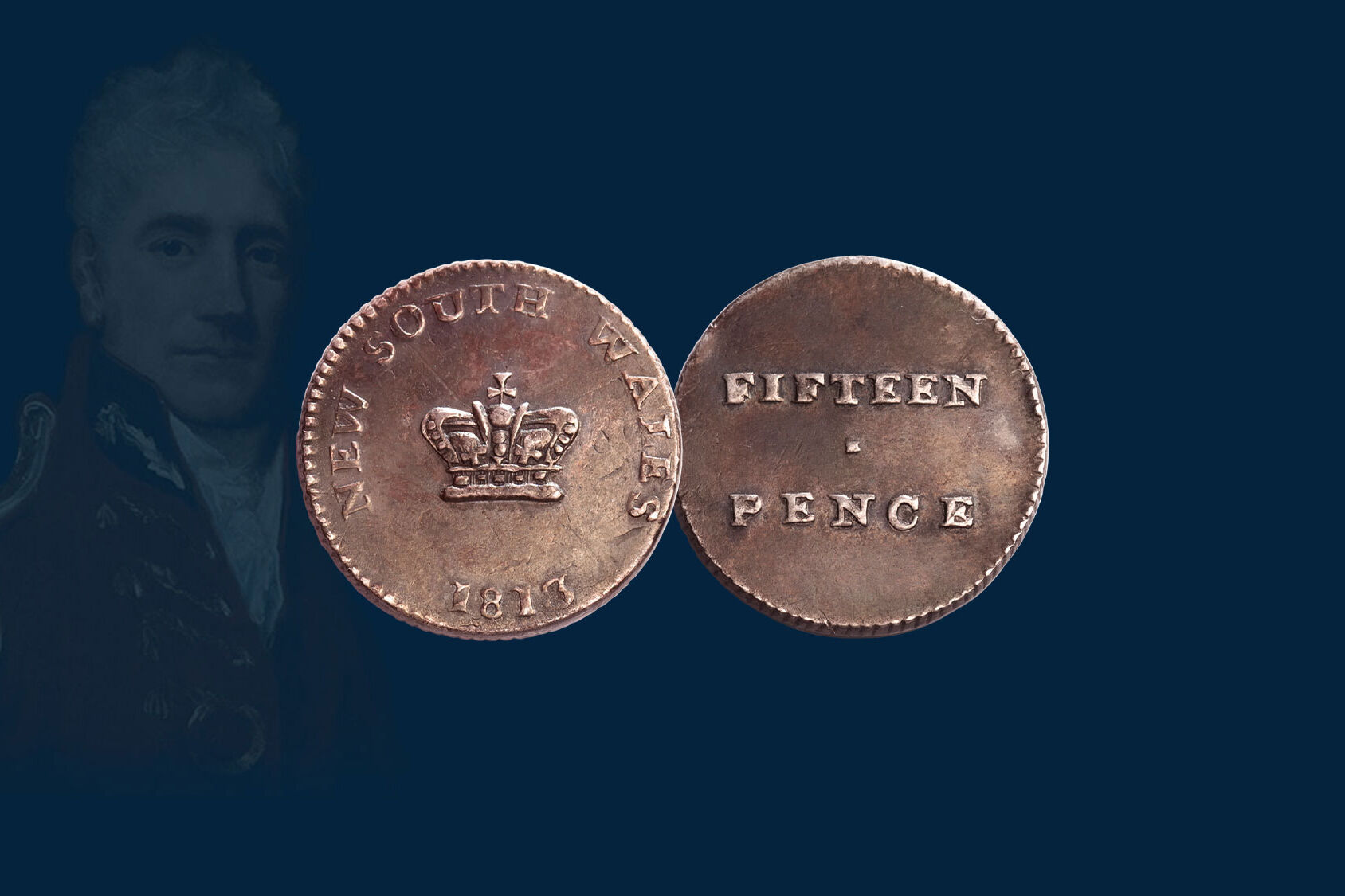The Kookaburra Pennies are relics of our past, their engaging shape and design stirring up strong collector sentiment. And with such limited numbers available, collector thirst is also driven by their extreme rarity.

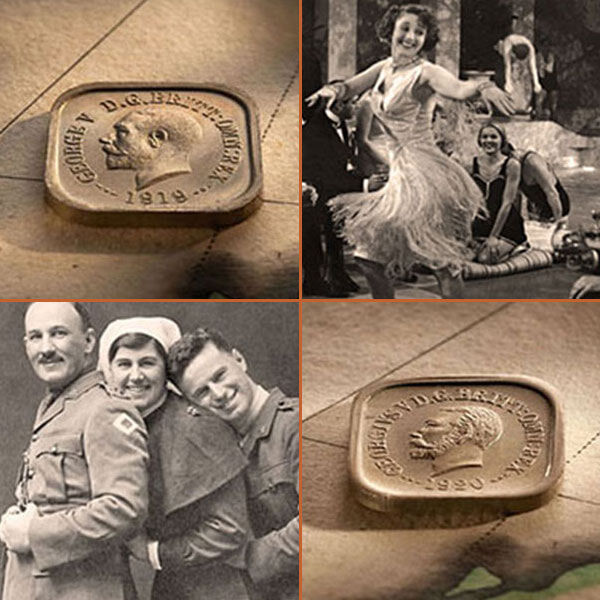
Australia entered a modern age post World War I and for many Australians, it was a time for breaking out, of questioning and changing old values and behaviour and enjoying the good life.
It was a time of great change. People forgot the old and embraced the new in an attempt to leave the hardship and struggles of the war behind them. New technology was being created, like toasters and cars, things that today we take for granted. The fashion world was exploding, Australians embracing great change in their styles of dress.
Australians were identifying with their own culture, keen to lessen the emotional and cultural ties with Great Britain.
Creating a new, totally Australian coinage was a part of the deal which is why the Government floated the idea of the Kookaburra Penny envisaging a coin that would be unique to Australia.
It was one of the instruments the Government believed would give us a greater awareness, and appreciation, of all things Australian.

Kookaburra Square Penny
Design Type 10
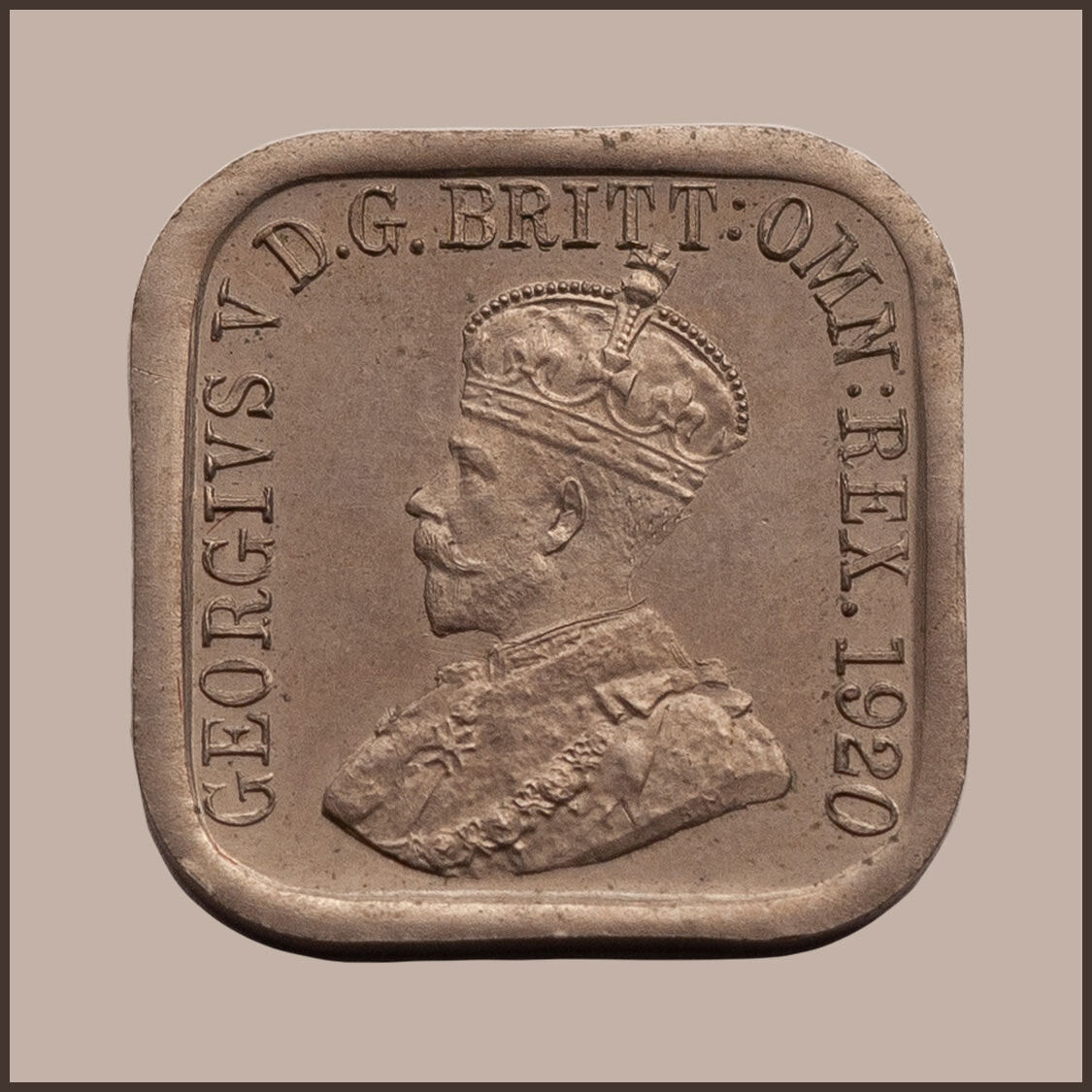
Kookaburra Square Penny
Design Type 10
The Government's plan was to discard the British-styled penny and halfpenny and to create a coin with a typically Australian design featuring the nation's native bird, the kookaburra. To maximise impact, a new shape was planned with the move from circular to square. And bronze was to be discarded and a new metal taken up, that of cupro-nickel.
Trials commenced at the Melbourne Mint in 1919 and continued until 1921 with the test pieces ultimately passed to dignitaries and Government officials to assess their reaction.
Sadly, in 1921 and after three years of testing, the scheme fell apart. The response to Australia’s square coinage was poor with widespread public resistance to change and people generally rejecting the small size of the coins.
However, the final decision not to proceed seems to have been based mainly on another consideration – the large number of vending machines then in operation requiring a circular coin.
Today there are approximately 200 kookaburra coins held by private collectors, making it on a par for rarity with the 1813 Holey Dollar, the nation's first silver coin. And the 1852 Adelaide Pound, the nation's first gold coin.
The best thing for collectors is that the 200 kookaburra pennies do not bear the same design. The Melbourne Mint tested thirteen different styles introducing enormous interest, personal choice and procurement challenges into the series, for some designs are far rarer than others.
The journey began in 1919 when the Melbourne Mint produced Australia's first Kookaburra Penny.
In 1919, the Melbourne Mint tested four different kookaburra penny designs striking the coins in cupro-nickel. They are referred to as the Type 3, Type 4, Type 5 and Type 6.
The Type 3 is the most readily available of those dated 1919. And the most popular. The simple reason for their popularity is that they are accessible. While you might have to wait two years for a nice Type 3, you could be waiting a decade for the others.
It also has to be noted that as the other types are far scarcer, that rarity comes at a much, much higher price.
Our estimates on the numbers of cupro-nickel 1919 kookaburra pennies available to collectors.
• Type 3 Kookaburra Penny (15)
• Type 4 Kookaburra Penny (4)
• Type 5 Kookaburra Penny (7)
• Type 6 Kookaburra Penny (7)
Click here to view the different designs of the 1919 Kookaburra Coins

1919 Type 3 Kookaburra Penny
The Type 3 Kookaburra Penny has a unique bird design and a unique style of lettering for the words 'ONE PENNY'. A high quality Type 3 will have smooth satin surfaces and proof-like characteristics.

1919 Type 4 Kookaburra Penny
The Type 4 Kookaburra Penny is, along with the Type 8, the rarest in the series. We have recorded the sale of only three Type 4 Kookaburra Pennies, the last occurring in 2018. The Type 4 has the same kookaburra design as the Type 6.

1919 Type 5 Kookaburra Penny
The Type 5 Kookaburra Penny has a unique bird design. While we contend that eight Type 5 Kookaburra Pennies would be available to private collectors, two of those have been defaced by graffiti, thereby reducing the pool of quality coins.

1919 Type 6 Kookaburra Penny
A top quality Type 6 Kookaburra Penny is a coin to behold, pale blue toning and smooth almost proof-like surfaces. While the Type 4 and Type 6 share the same kookaburra design, they have different obverse designs.
The journey continued in 1920 and the Melbourne Mint produced Australia's very first Kookaburra Halfpenny.
In 1920, the Melbourne Mint tested five different kookaburra penny designs and they are referred to as the Type 7, Type 8, Type 9, Type 10 and Type 13. In the same year, the mint tested a kookaburra halfpenny referred to as the Type 1.
The year 1920 is a powerful one in the numismatic industry for it holds some of Australia's greatest coin rarities that include the nation's rarest florin, our most valuable sovereign, our most valuable shilling and the most valuable square kookaburra, the 1920 Kookaburra Halfpenny. As a consequence, the kookaburra coins dated 1920 are viewed as the 'glamour' coins of the entire series.
*Two examples of the Type 13 Kookaburra Penny were discovered in a stocktake in the Museum of Victoria in the 1970s. Fondly referred to as, the 'raised-tail kooka', no examples are believed privately held.
Our estimates on the numbers of cupro-nickel 1920 kookaburra coins available to collectors.
• Type 1 Kookaburra Halfpenny (3)
• Type 7 Kookaburra Penny (12)
• Type 8 Kookaburra Penny (4)
• Type 9 Kookaburra Penny (5)
• Type 10 Kookaburra Penny (5)
• Type 13 Kookaburra Penny (0*)
Click here to view the different designs of the 1920 Kookaburra Coins

1920 Type 1 Kookaburra Halfpenny
The 1920 Type 1 Kookaburra Halfpenny is one of the nation's great Commonwealth coin rarities. The coin is valued at about $300,000 and is the most valuable in the series.

1920 Type 7 Kookaburra Penny
The Type 7 kookaburra design is shared by the Type 9 and Type 10. The Type 7 Kookaburra Penny is the most popular of those dated 1920 simply because it is accessible and affordable. And yet still amazingly rare.
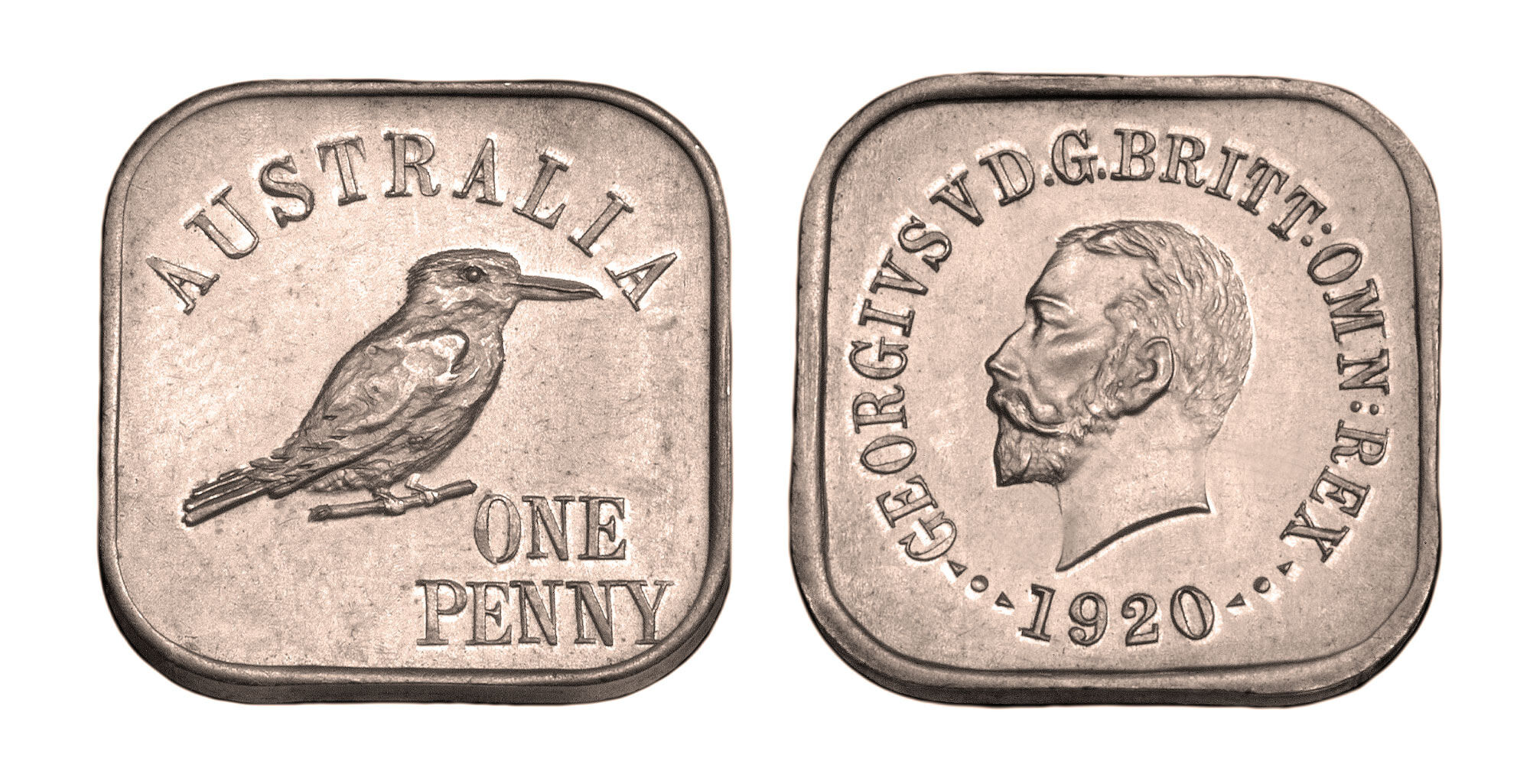
1920 Type 8 Kookaburra Penny
The Type 8 Kookaburra Penny is extremely rare and is, along with the Type 4, the rarest in the series. The Type 8 Kookaburra Penny has a unique bird design. We have recorded the sale of only two Type 8 Kookaburra Pennies.
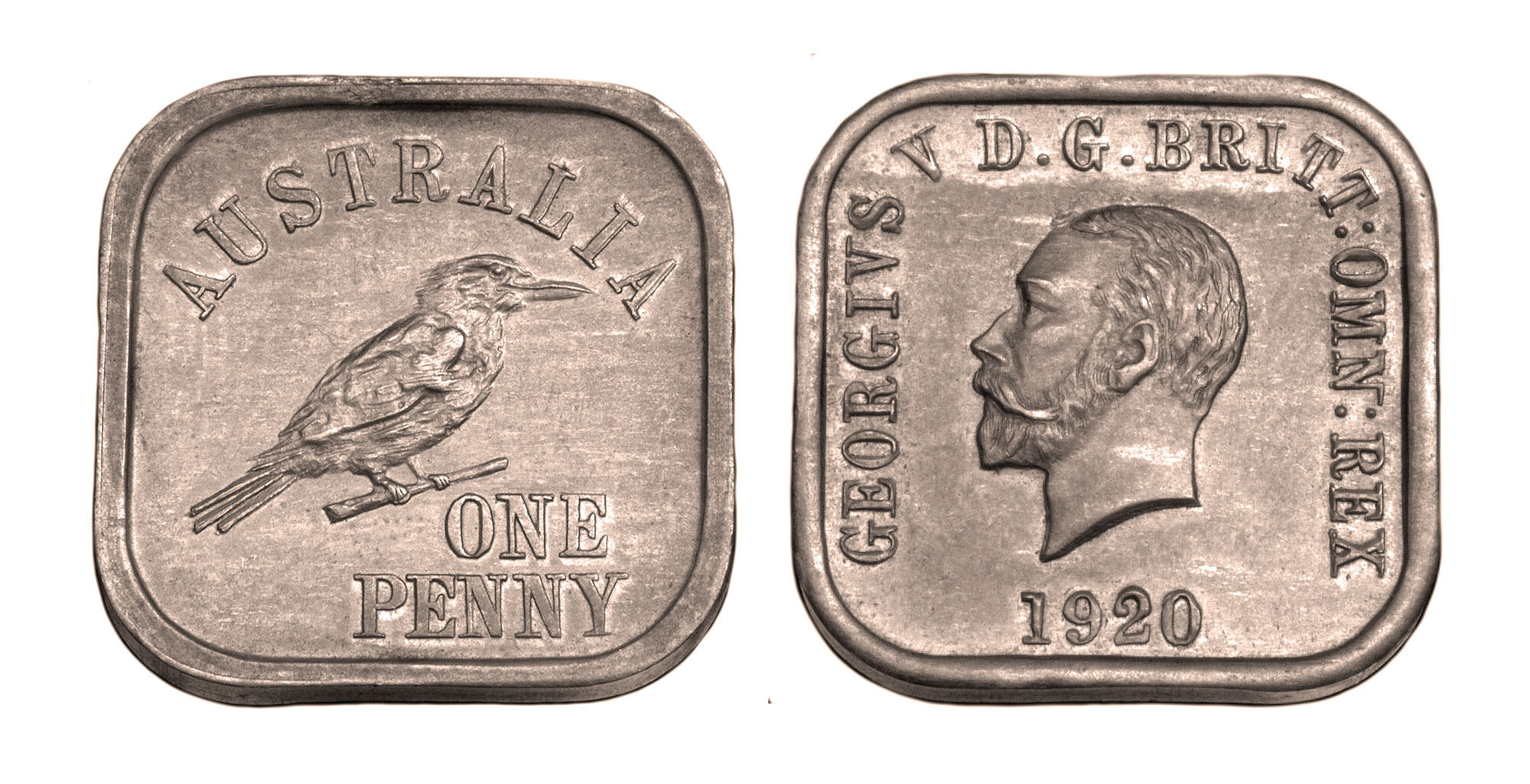
1920 Type 9 Kookaburra Penny
The Kookaburra Pennies, Type 3 up to and including the Type 8 have circular legends on the obverse. The Type 9 has a square legend on the obverse. It is the uniqueness of the design and its scarcity that makes it a highly valued piece.

1920 Type 10 Kookaburra Penny
The Type 10 Kookaburra Penny is the only kookaburra penny to show a crowned monarch and is generally referred to as the 'Crowned Head' Kookaburra Penny. The coin is acknowledged as one of Australia’s greatest Commonwealth coin rarities because of its unique design.
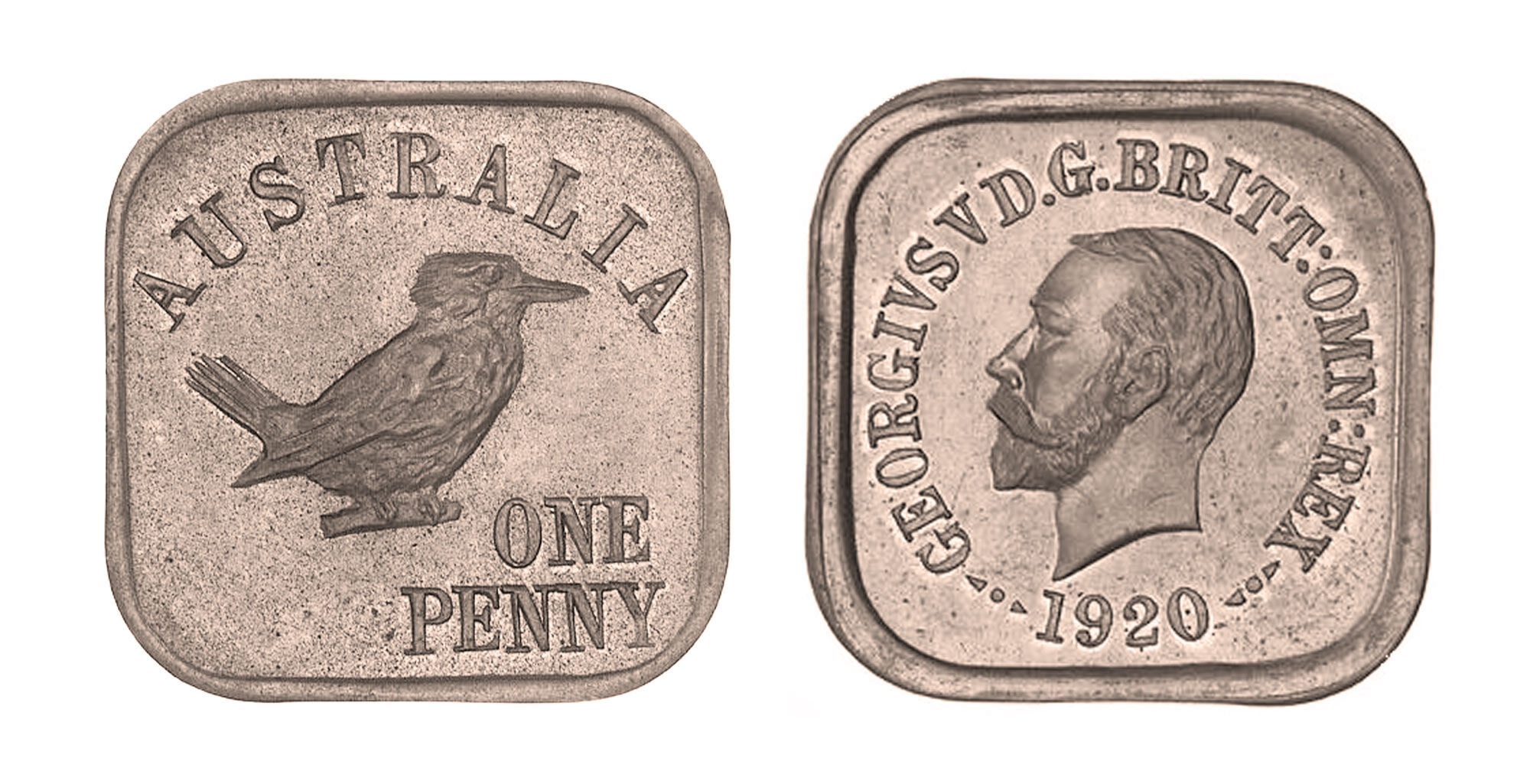
1920 Type 13 Kookaburra Penny
The out of step sequence in those dated 1920 occurred with a discovery in the mid-1970s during a stocktake at the Melbourne Mint when a previously unrecorded design, the kookaburra with a raised tail, was found. Two examples are held in the Museum of Victoria.
Production of the Kookaburra Penny and Square Halfpenny came to a halt in 1921.
In 1921, the Melbourne Mint struck its second kookaburra halfpenny. We refer to it as the Type 2. The mint tested a further two kookaburra penny designs referred to as the Type 11 and Type 12.
Those coins dated 1921 are the most readily available of the series and for collectors this is indeed a plus because they are the most affordable entry point into this very exciting series.
Our estimates on the numbers of 1921 kookaburra coins available to collectors.
• Type 2 Kookaburra Halfpenny (9)
• Type 11 Kookaburra Penny (20)
• Type 12 Kookaburra Penny (40)
Click here to view the different designs of the 1921 Kookaburra Coins
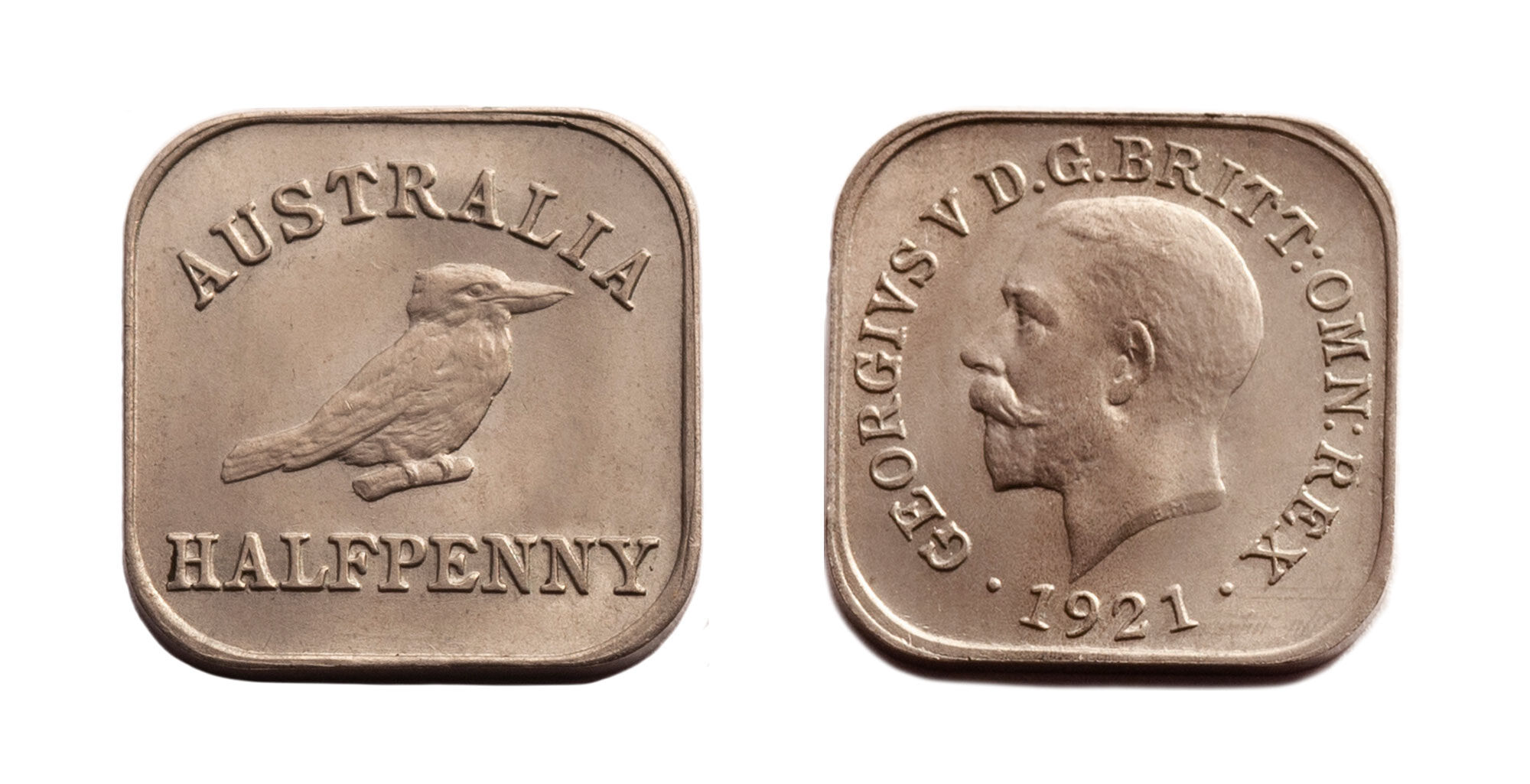
1921 Type 2 Kookaburra Halfpenny
The collector that wishes to acquire a kookaburra halfpenny has only two options, the halfpenny dated 1920 or that dated 1921. The 1921 Kookaburra Halfpenny receives the full force of collector attention simply because of the extreme scarcity (and price) of the 1920 Kookaburra Halfpenny.

1921 Type 11 Kookaburra Penny
The affordability of the 1921 Kookaburra Pennies makes them a very popular choice for buyers keen to enter the series. The Type 11 Kookaburra Pennies generally come with glorious proof-like surfaces. It is also noted that the design of both the obverse and reverse is unique to the Type 11.
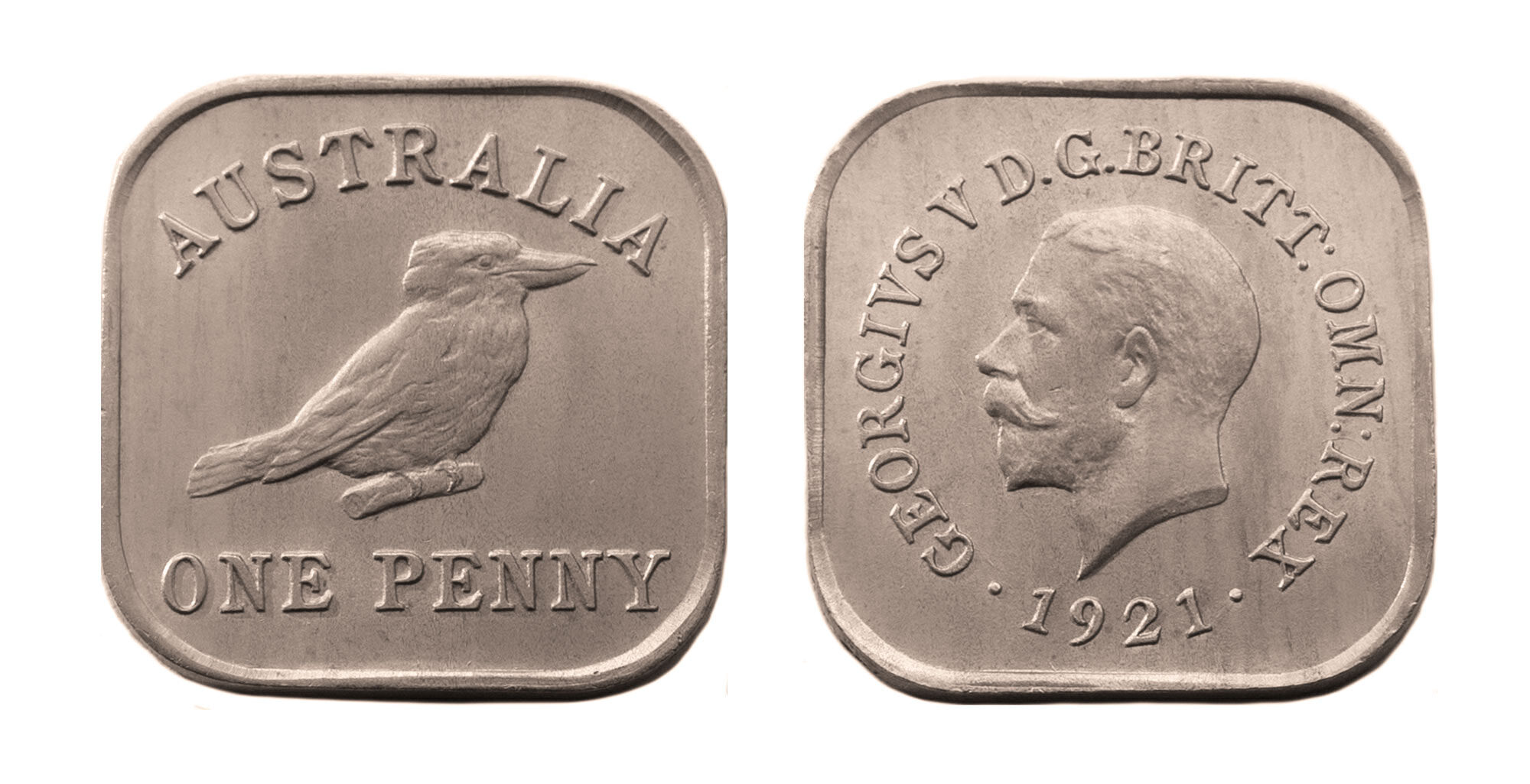
1921 Type 12 Kookaburra Penny
While we suggest that 40 examples of the 1921 Type 12 Kookaburra Penny may exist, the collector that introduces quality into the selection process will find that the pool of available examples is vastly reduced. Note the Type 2 1921 Kookaburra Halfpenny and the Type 12 1921 Kookaburra Penny share the same bird design.
Collectors have many options when it comes to the Kookaburra coin series. All of them are exciting and importantly, they are achievable.
You can buy one Kookaburra Penny. And savour the moment of possessing one of Australia’s classic coin rarities. We have not met a client that hasn’t enjoyed the experience of owning a Kookaburra Square coin. They are engaging. And they are prestigious.
You can buy one Kookaburra Halfpenny. The Kookaburra Halfpenny is an elusive and yet integral element of the Kookaburra coin series. And so, a natural choice for those buyers who have a prime investment focus.
You can buy a Kookaburra Penny and a Kookaburra Halfpenny. The easiest pairing here is the 1921 Square Penny and 1921 Square Halfpenny. Extremely rare as a pair.
Buy a Three coin Date Set. A popular choice of acquiring a date set of Kookaburra Pennies. Three coins, one struck in 1919, 1920 and 1921. Your pick of design.
Buy a Date Set. And add the Halfpenny. Collectors that have followed the date set pathway nine times out of ten opt for a Kookaburra Halfpenny, just to complete a run of four.
And we also have several collectors that are moving to acquire the lot! Every Kookaburra Penny and Kookaburra Halfpenny design that is available to collectors. Challenging and yet achievable. One client has done it. And we know that two collectors are very close to completion.
The History of the Kookaburra Coins.
The Melbourne Mint commenced striking Australia's Commonwealth copper pennies in 1919. No sooner had the mint started issuing the coins, than it was directed by Treasury to commence testing an entirely new penny concept, a square coin made from cupro-nickel.
In many ways the Government's proposal was way ahead of its time. Australia did eventually introduce cupro-nickel coinage, but some 47 years later, when the nation went onto decimal currency in 1966.
The introduction of the Kookaburra Square Penny underpinned an attempt by the then Labor Government to stir up national sentiment post World War I. To evoke the great 'Aussie' spirit.
If you think about it. Putting the nation’s native bird - the kookaburra - onto a coin was a no-brainer to achieving that goal. A drastically changed shape, a square. And a new metal - - cupronickel was part of the total package to maximise impact on the population.
The proposal was contentious in that the monarch, King George V, was to be depicted on the obverse without a crown. Some say it was the rumblings of a Republican movement way ahead of its time.
Trials commenced at the Melbourne Mint in 1919 and continued until 1921 with the test pieces ultimately passed to dignitaries and Government officials to assess their reaction. It is believed that over the three year period 200 pieces, of various designs, were produced.
The response to Australia’s square coinage was however poor. There was widespread public resistance to change, while the elderly rejected the small size of the coins.
Sadly, in 1921 and after three years of testing, the scheme fell apart. The response to Australia’s square coinage was poor with widespread public resistance to change and people generally rejecting the small size of the coins.
However, the final decision not to proceed seems to have been based mainly on another consideration – the large number of vending machines then in operation requiring a circular coin.
The Kookaburra Pennies that remain today are relics of our past, and the sentiment that they stir up in the current market is collector sentiment, driven by their novel shape. And with only 200 believed to exist, collector thirst is driven by their extreme rarity.
For many collectors the fascination with the Kookaburra Penny and Halfpenny takes them on a journey to acquire more than one example. The coins are engaging and their rarity offers collectors the challenge they so often seek.
The Square Pennies were test pieces. They were not struck to the exacting standards of proof coining. Given to dignitaries to assess their reaction, there was no packaging and we know that not every dignitary was a collector and would have handled them with care.
Some of the coins must have been tucked into a fob pocket for they have circulated. Others could have rattled around a top desk drawer. Or passed around to colleagues … introducing multi possibilities of mishandling. It is noted that the Kookaburra Square Pennies tone, some more strongly than others, a reflection on their storage in the intervening years.
A Square Penny with minimal, attractive toning and beautiful surfaces is a joy to behold. And a prized classic Australian coin rarity.
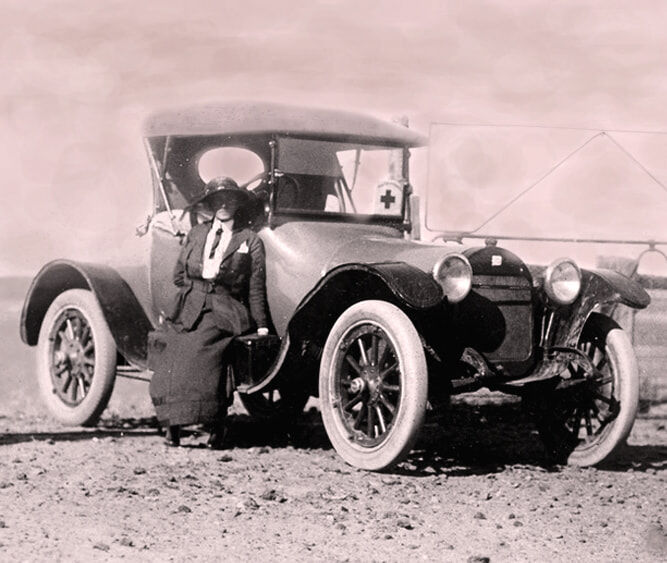
Highlights of Coinworks Inventory
© Copyright: Coinworks


